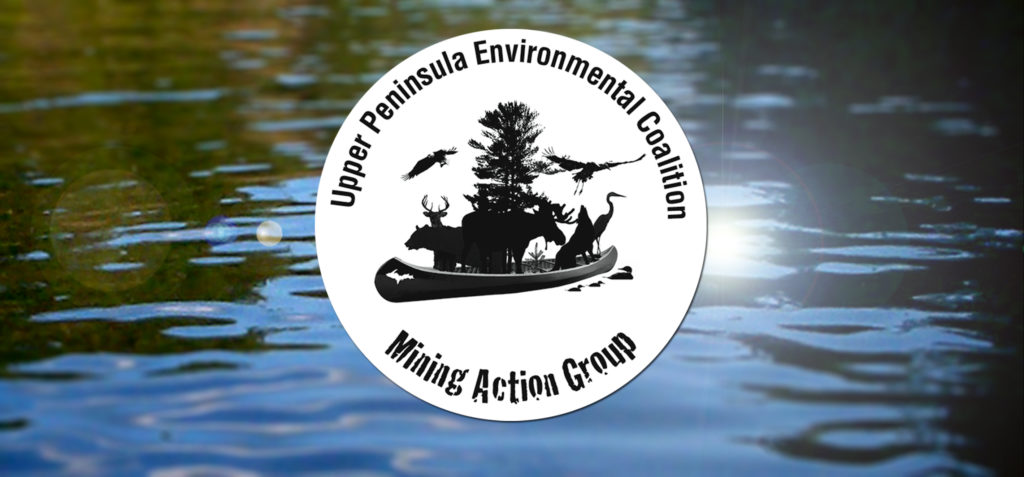
Michigan Regulators Hand Multi-Billion Dollar Company Permit to Pump Millions of Gallons of Groundwater – for $200 Per Year
MARQUETTE, MICHIGAN — On April 2, 2018, the Michigan Department of Environmental Quality (DEQ) announced that it had issued a controversial permit authorizing Nestlé Waters North America, Inc. to withdraw increased quantities of groundwater at their White Pine Springs site, located in Osceola County, near Evart. Environmental organizations are stunned by the DEQ’s decision, noting the overwhelming public opposition to Nestlé permit, and calling the DEQ’s action as “destabilizing” and short-sighted. The decision “represents yet another fundamental failure by the agency to safeguard Michigan’s precious water resources,” according to Lisa Wozniak, executive director of the Michigan League of Conservation Voters. “Michigan’s abundant water defines who we are, and we have a responsibility to protect our water for future generations.”
“Michigan residents are putting up with unaffordable and sometimes unsafe drinking water, while Nestlé, which had sales of $7.4 billion from water alone in 2016, pumps Michigan groundwater basically for free. To add insult to injury, many Flint residents have been forced to buy bottled water to provide safe drinking and bath water for themselves and their families. The situation is outrageous,” said UPEC board member Steve Garske.
In response, Upper Peninsula Environmental Coalition President Horst Schmidt has released the following statement:
Nestlé’s press release is telling. Nestlé says they “appreciate the MDEQ’s careful review and consideration of our application, in what it has called its most thorough review ever, and we look forward to providing them with the monitoring plans as required.” The fact that the DEQ approved this permit before groundwater monitoring plans were in place demonstrates a lack of oversight of big business – Corporate Resource Extractors – in our state. Once again, we see that Michigan regulatory agencies have been “captured” by the very entities they are supposed to be regulating.
LEARN MORE
- Michigan OKs Nestlé permit for increased water withdrawal for bottled water plant – Detroit Free Press
- A Tiny Michigan Town is in a Water Fight with Nestlé — Public Radio International
- Nestlé pays $200 a year to bottle water near Flint – where water is undrinkable — The Guardian
- Statement on MDEQ approval of Nestlé water withdrawal – Michigan League of Conservation Voters
- Statement on Nestlé permit granted by MDEQ in Evart Michigan – Michigan Citizens for Water Conservation
